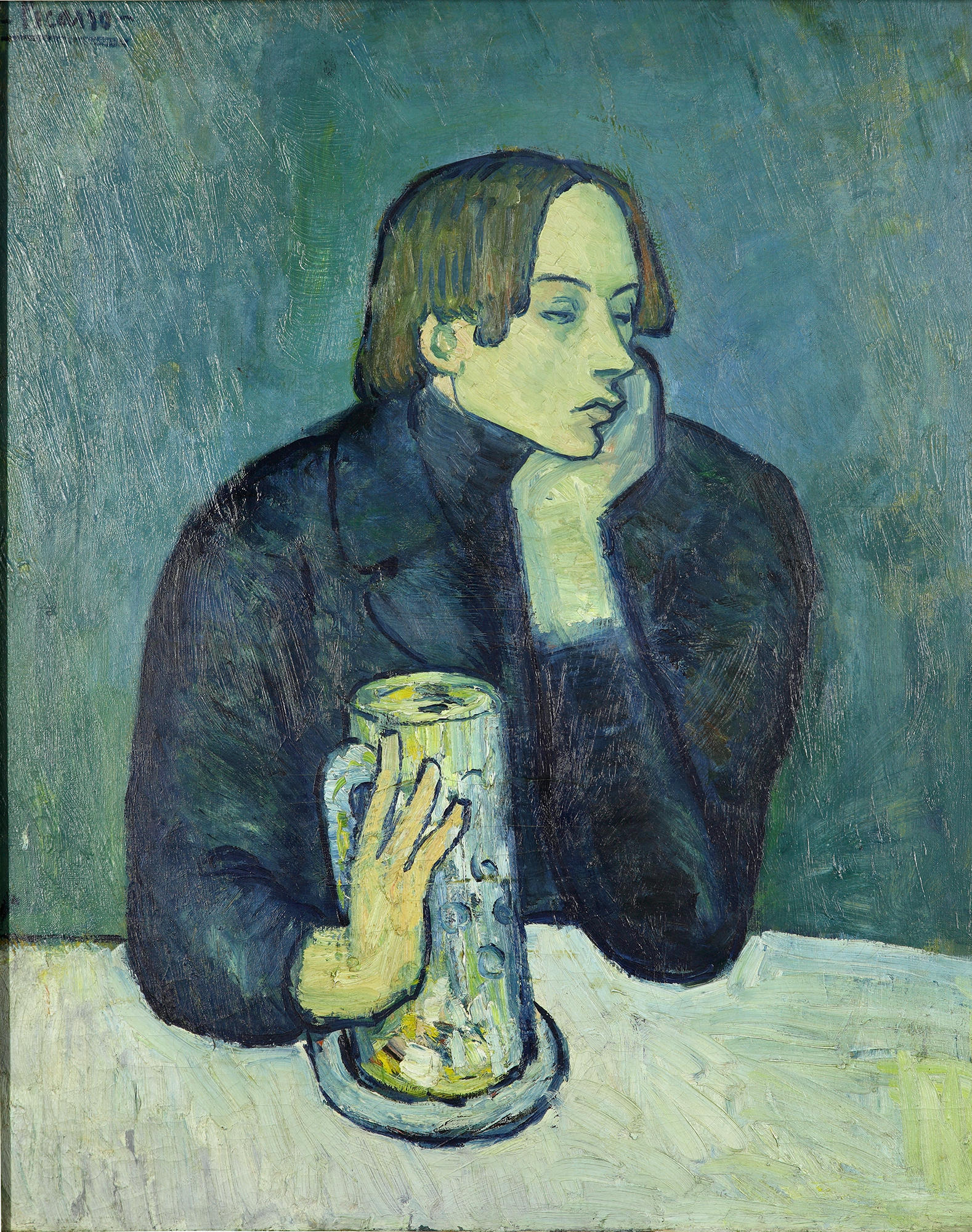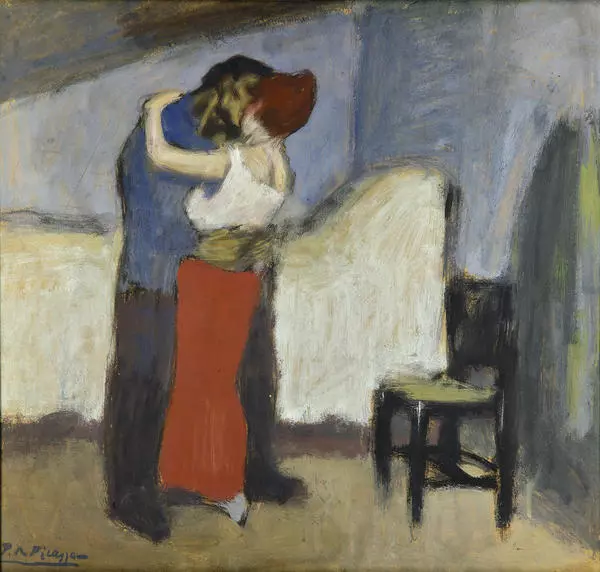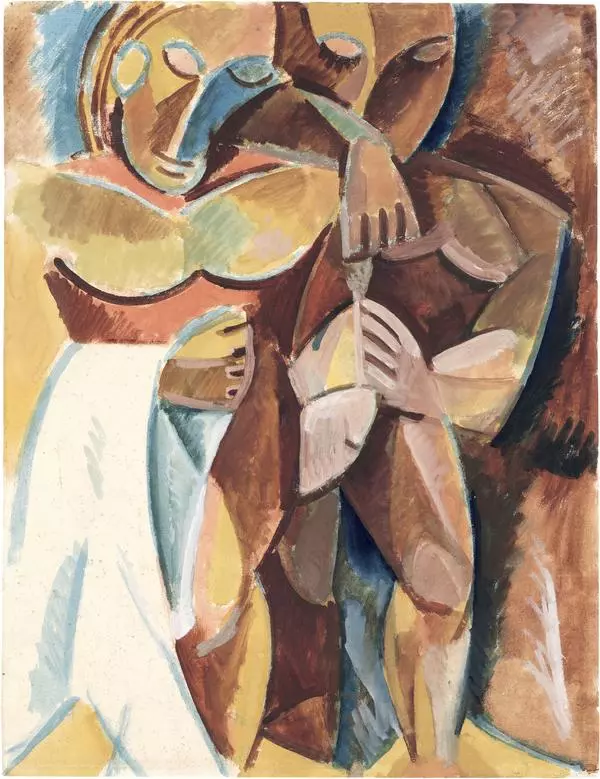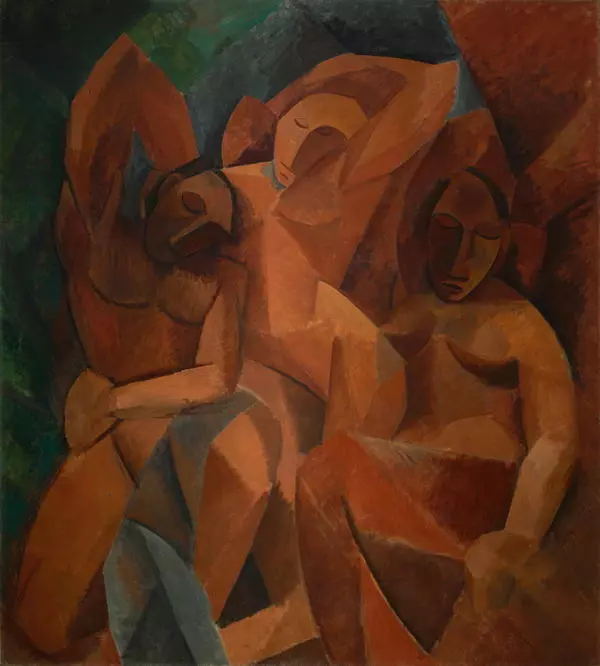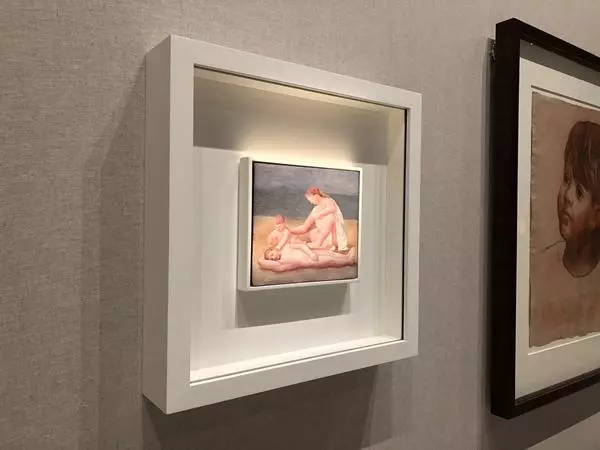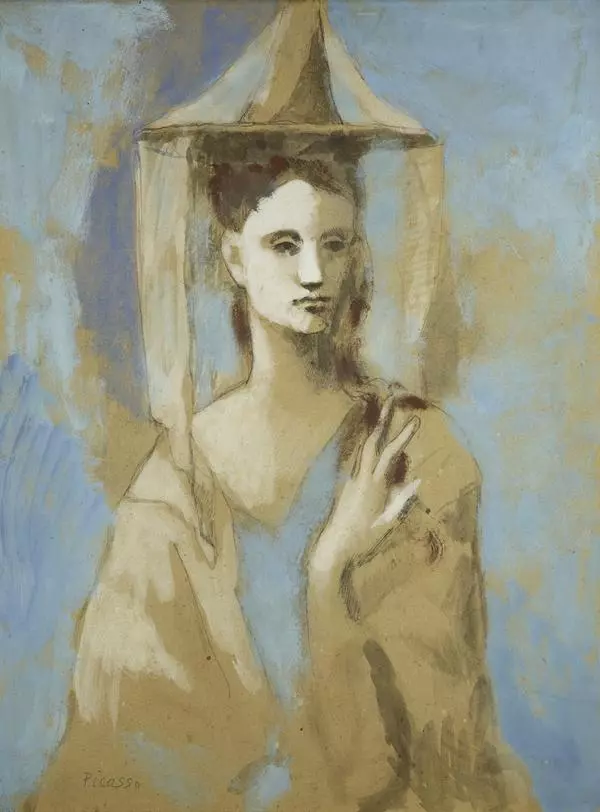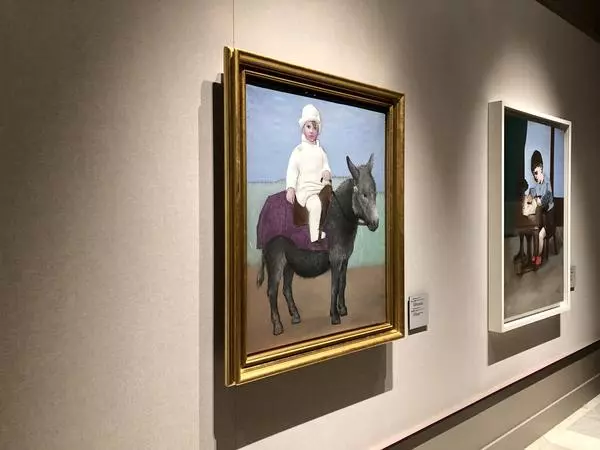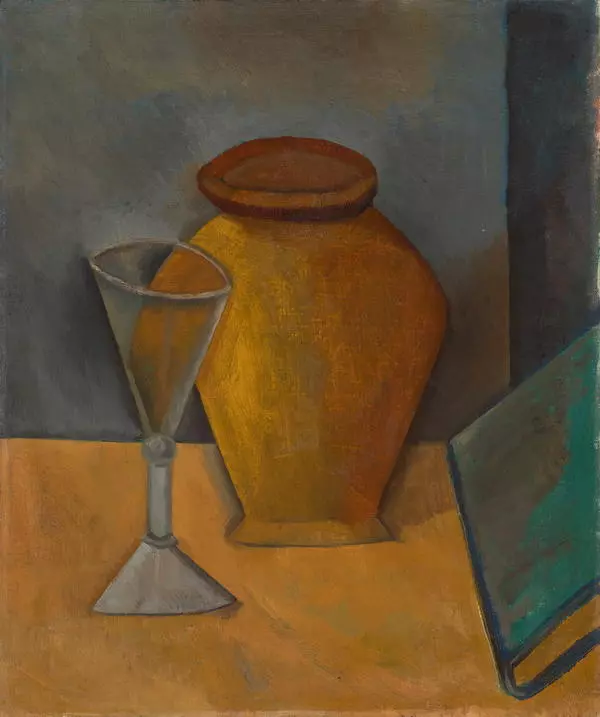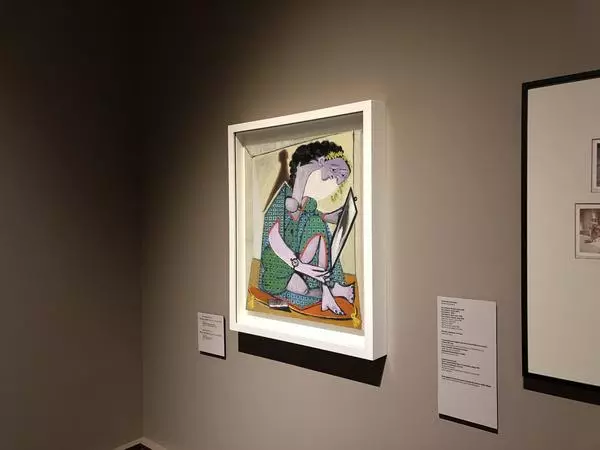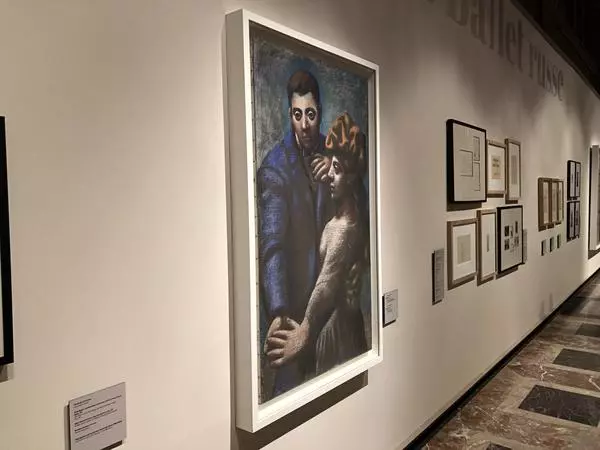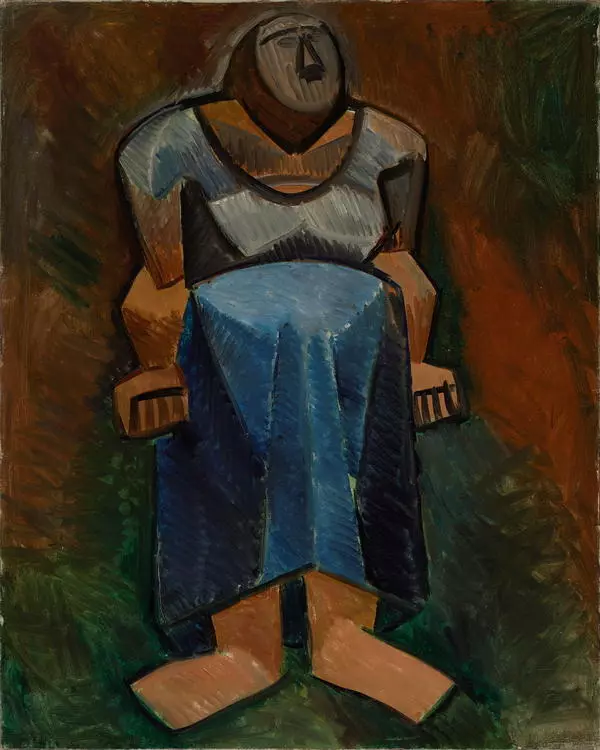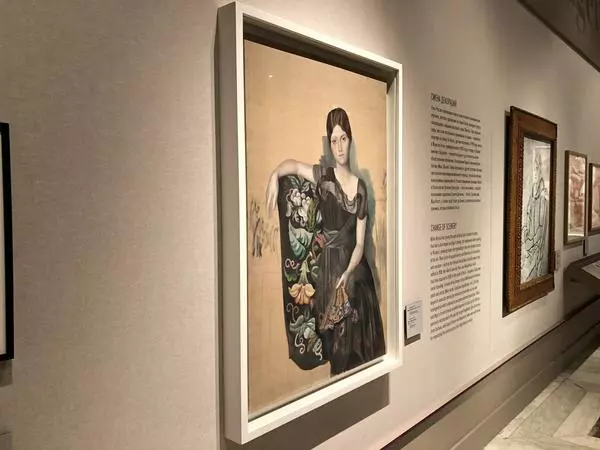Portrait of Sabartés was painted by Picasso in the beginning of his “blue period.” Here, we can see his close friend, Spanish poet Jaime Sabartés Gual, who became the artist’s secretary later. Sabartés is sitting in a café by a table with a glass of beer, lost in his loneliness. His image conveys a feeling of sadness, which is typical for most characters of the “blue period.” The poet wrote about this artwork: “Picasso painted me just as he saw me in the café... I was stricken with the way he captured me in a fleeting moment of my diverse life. I look at the canvas intently and try to explain to myself how I caused my friend to see such distress. This is the spectrum of my loneliness that can be seen from the outside. My gaze dissolves in a darkness that I can’t pierce; my thought slips away; my gaze and thought come together in the emptiness to be lost there, as my gaze is the gaze of a short-sighted man, and my thought can’t overcome that...”
Interestingly, Picasso made Sabartés resemble Harlequin from “The Saltimbanque” in the turn of his head and the position of his left hand. The blue light defines the color scheme of the painting and turns it into a special spiritual substance. Picasso, who was able to go beyond what could be seen, used that blue light to convey the resigned feeling of a creator that would never be understood. Sabartés said about the artist: “He always saw me deeper than any of us.”Portrait of the Poet Sabartés (The Tankard)
Creation period
1901
Dimensions
82x66 cm
82х66
82х66
Technique
oil on canvas
Collection
Exhibition
10
Open in app#1
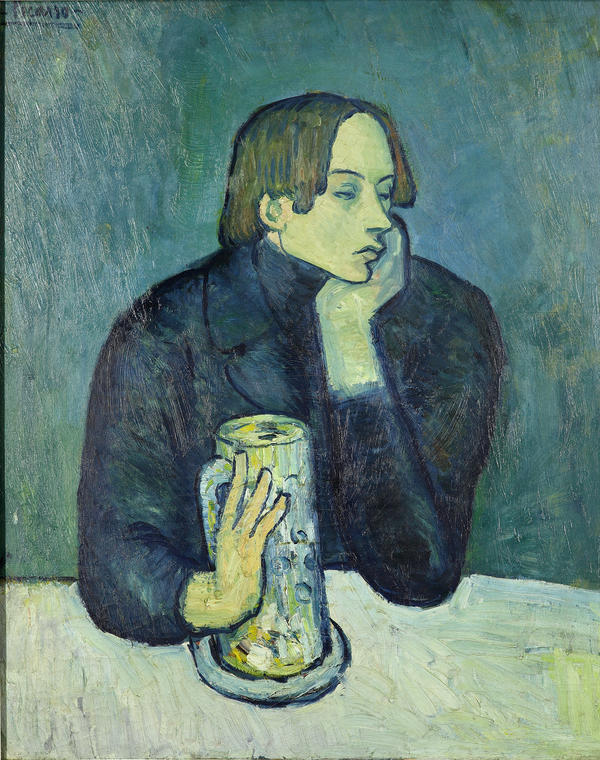
Pablo Picasso
Portrait of the Poet Sabartés (The Tankard)
#2
read morehide
00:00
00:00
1x
Portrait of the Poet Sabartés (The Tankard)
Creation period
1901
Dimensions
82x66 cm
82х66
82х66
Technique
oil on canvas
Collection
Exhibition
10
Open in app
Share
